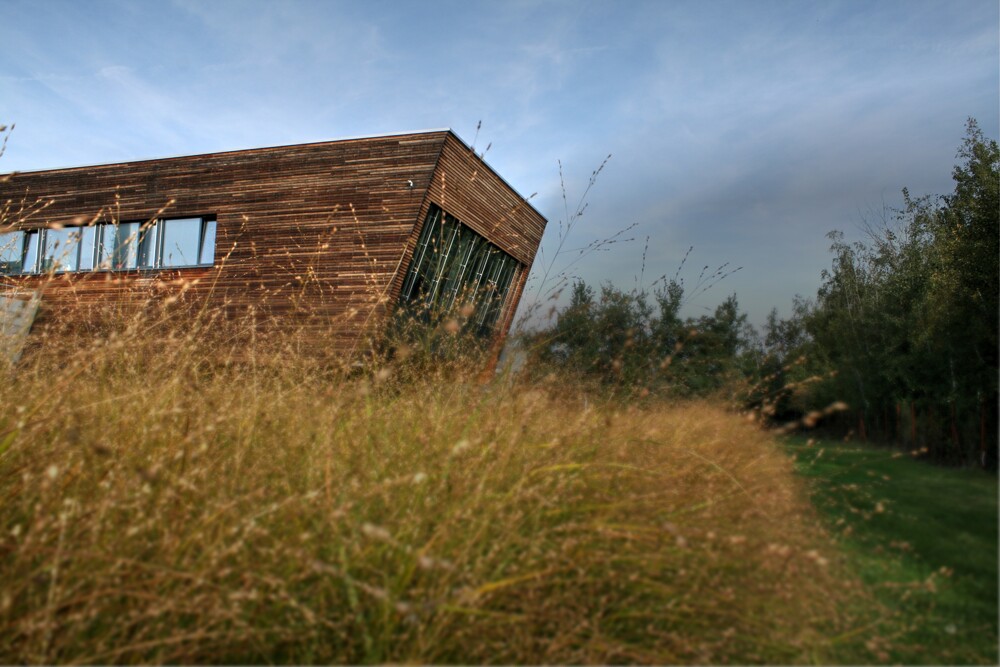

The CTU University Center for Energy Efficient Buildings conducted a study of the potential for reducing the amount of carbon dioxide emissions from the operation of houses in the Czech Republic between 2016 and 2075. According to the most progressive scenario of energy savings, it is possible to reduce the current values by up to 66%. However, to achieve the goals of the Paris Climate Agreement, it would be necessary to reduce emissions significantly more.
The calculation by Antonín Lupíšek from CTU UCEEB was based on data from the Šance pro budovy alliance, which modeled five different scenarios of energy savings in buildings according to the depth of energy renovations and the speed of application of savings measures. The results of the study show that the annual production of CO2 related to the operation of the Czech building fund in 2016 amounted to a total of 44.57 Mt CO2. This represents approximately 43% of total CO2 of the Czech Republic for 2015. According to calculations, the residential sector in 2016 produced 23.28 Mt of CO2 (22% share of CO2 emissions in the Czech Republic) and the non-residential sector was responsible for 21.29 Mt CO2 (21% share of CO2 emissions in the Czech Republic).
According to the most progressive scenario of energy savings, this annual value can be reduced by 66% by 2075 to 15.29 Mt CO2. This annual saving corresponds to 28% of the total national emissions of the Czech Republic in 2015. Using energy-saving measures in buildings and their energy rehabilitation to the level of a passive house, it is possible to save more than a quarter of the national emissions of carbon dioxide. This is therefore a potentially significant contribution to climate goals, however, to meet the conclusions of the Paris Climate Agreement, CO2emissions would need to be reduced. even more.
You can read more details about the study on the portal TZB-info.